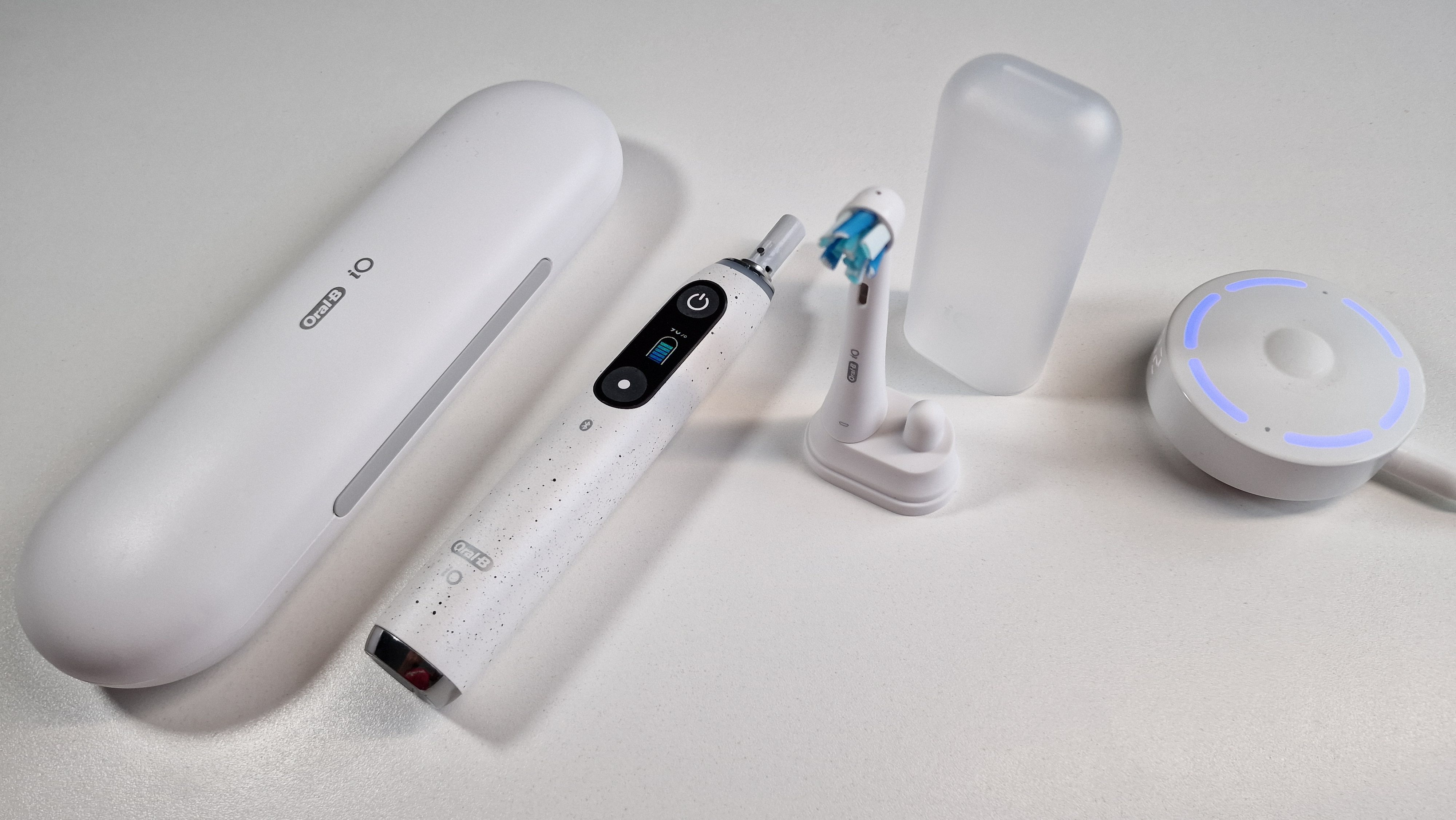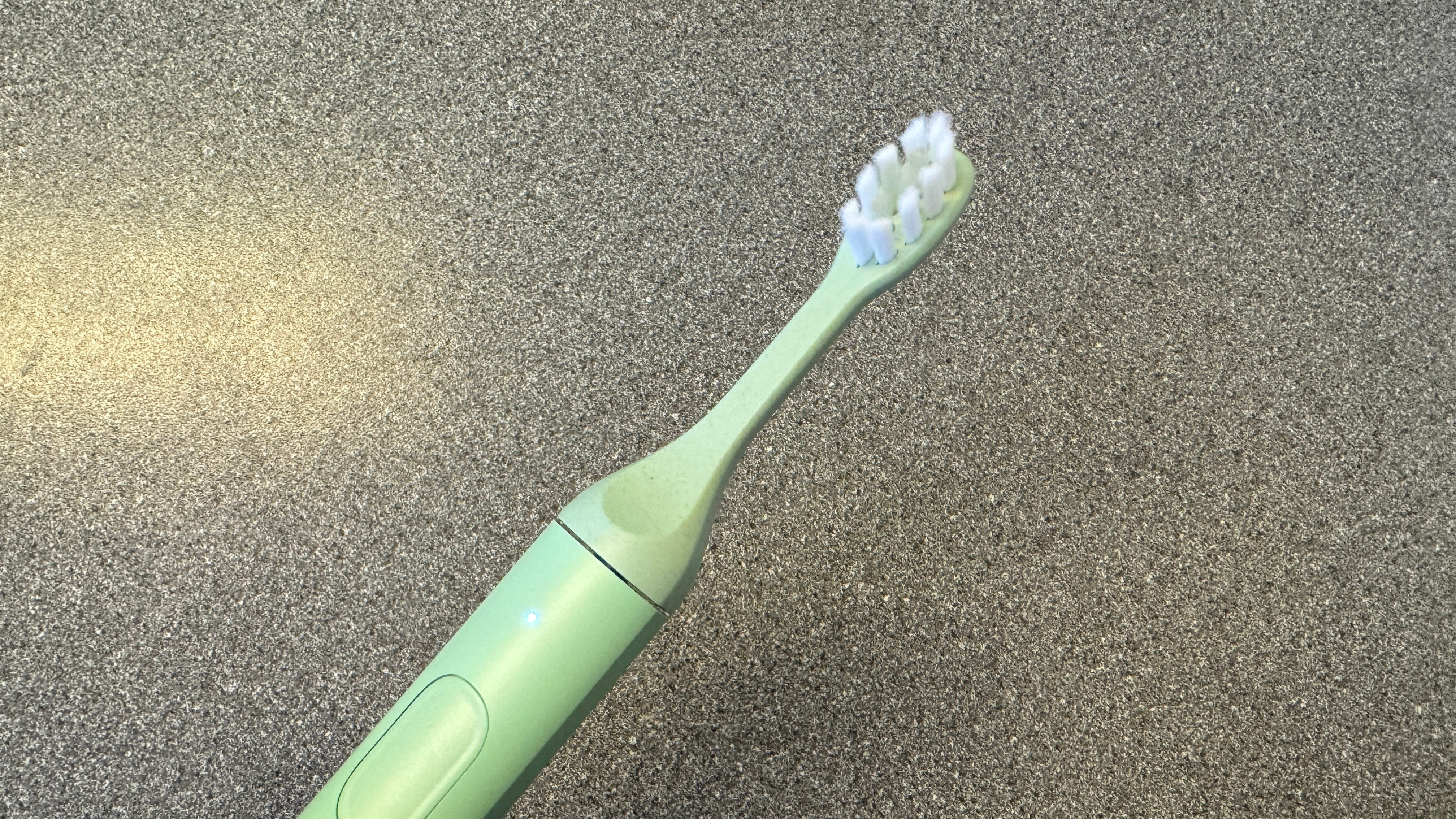Sonic vs rotating toothbrushes: Which is better?
There’s a difference, and you should know it

If you’ve tried to buy an electric toothbrush at any point in the last few years, you’ll know there are lots (and we mean lots) of different varieties. From charging stations and in-built timers to artificial intelligence, connected apps, and wall mounts, the amount of gimmicks attached to the best electric toothbrushes is many and varied.
However, before you make your selection, the main choice you need to know about is the kind of brushing action you want: rotating or sonic. What do these key terms mean, what’s the difference between them, and which is better for fighting off tooth decay and gum disease? We’ll break it all down below.
What do “sonic” and “rotating” actually mean?

A sonic toothbrush uses vibrations to move the bristles in two directions, side-to-side or up-and-down, to remove plaque and clean more efficiently than a manual toothbrush. A sonic toothbrush vibrates at a high frequency, but still only moves in one dimension.
A rotating toothbrush, on the other hand, might still vibrate, but the bristles move back and forth in a circular motion. You’ve probably seen those characteristic circular heads on many electric toothbrushes. These brushes can still vibrate in addition to the circular motion of the brush head, depending on the model.
It's really that simple. Sonic equals side-to-side, rotating or oscillating equals circular movements.
Sonic vs rotating vs manual toothbrush: Which is better?

Both sonic and rotating toothbrushes offer benefits over a manual toothbrush, including improved plaque removal, according to a meta-analysis of studies published before 2021. Plaque is a sticky film over your teeth which is a hub for bacteria, which eventually cause all kinds of problems including gum disease. Therefore, an improvement in plaque removal means better dental hygiene overall.
A more powerful handset will mean stronger vibrations and a higher rate of brush strokes. The average person brushes their teeth with a manual brush at a pace of around 300 brush strokes per minute, according to Oral-B. Powered brushes can operate at a rate of around 40,000 brush strokes per minute, although these are a lot smaller, less forceful strokes.
But what about rotating vs sonic? According to a research paper published in the International Journal of Dental Hygiene which analyzed 38 comparison studies, there was an overall “small but significant difference” in favor of the oscillating or rotating brush versus the high-frequency sonic variety. There are some gaps here (for example, the analysis study doesn’t say which handsets were used) but according to this particular analysis of the available research, you want to opt for oscillating over side-to-side movement.
However, an upgrade from a manual toothbrush to a sonic toothbrush is still an upgrade; the top oscillating toothbrushes tend to be more expensive than sonic toothbrushes, as the more complicated motion requires different motors. If you’re still rocking the manual brush, a sonic brush will still be a significant upgrade for you, but if you’ve been using a cheap sonic brush for a while, consider a rotating one to take your oral hygiene to the next level.
You might also like
Get daily insight, inspiration and deals in your inbox
Sign up for breaking news, reviews, opinion, top tech deals, and more.

Matt is TechRadar's expert on all things fitness, wellness and wearable tech.
A former staffer at Men's Health, he holds a Master's Degree in journalism from Cardiff and has written for brands like Runner's World, Women's Health, Men's Fitness, LiveScience and Fit&Well on everything fitness tech, exercise, nutrition and mental wellbeing.
Matt's a keen runner, ex-kickboxer, not averse to the odd yoga flow, and insists everyone should stretch every morning. When he’s not training or writing about health and fitness, he can be found reading doorstop-thick fantasy books with lots of fictional maps in them.